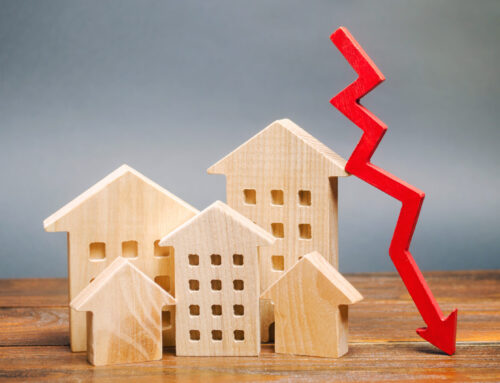There’s no getting around it – the last couple of years have not been kind to the office sector. The way we work and use office space is also changing, leading to what many consider a fundamental shift in how business, and office real estate, operates. While some consider these developments a chance to reevaluate what adds value in office, for others 23the signal is far more bearish.
Recently, Bisnow reported on a study that falls into the second camp, stating that office values are set to drop by $500 billion by 2029. Reasons given for this dramatic downturn included work-from-home and the resulting change in office risk premiums.
Breaking down the office downturn
The study in question, titled: “Work From Home and the Office Real Estate Apocalypse” suggests that 2020’s losses are just the beginning and that the sector should buckle up for a rough few years ahead.
The authors, focusing on data from the New York market, say that office should prepare for a 28% decline in value in the long run. Drivers of the decline include changes in lease revenues, office occupancy, lease renewal rates, and rents. They add that the impacts are much heavier for ‘low quality’ office buildings, and we can expect the ongoing ‘flight to quality’ to buffer the effects for high-end properties.
Another angle on office
It’s a pretty dire set of predictions for the sector, but, as is often the case, there’s some strong disagreement from other analysts. In a recent report, Moody’s Analytics painted a somewhat different picture, stating: “A two-year onslaught of gloomy, sometimes hyperbolic headlines about the future of office and cities could give casual observers the impression that urban areas are on a course to become post-apocalyptic ghost towns… However, doomsday headlines are at odds with empirical office performance.”
Moody’s went on to highlight that many office markets rebounded strongly in 2021, and that office loan delinquencies are still low, despite economic uncertainty.
Interestingly, the Moody’s analysis also points out that the New York market was one of the hardest hit in terms of rent growth, but that rent and occupancy decline is still less than what’s been seen in past cycles. They add that, overall, the evidence for a sustained decline in office occupancy or value is lacking, and that tenants are still signing and honoring lease agreements.
Moody’s takeaway from all of this? In the words of the report: “The office apocalypse is clearly on hold.”
A balanced view
As the above viewpoints show, the future of the office sector is a topic that currently generates a lot of strong opinions. How things play out in the long-term, however, remains to be seen. For our part, we’ll keep a practiced eye on the sector as prospects, and opportunities, continue to unfold.






